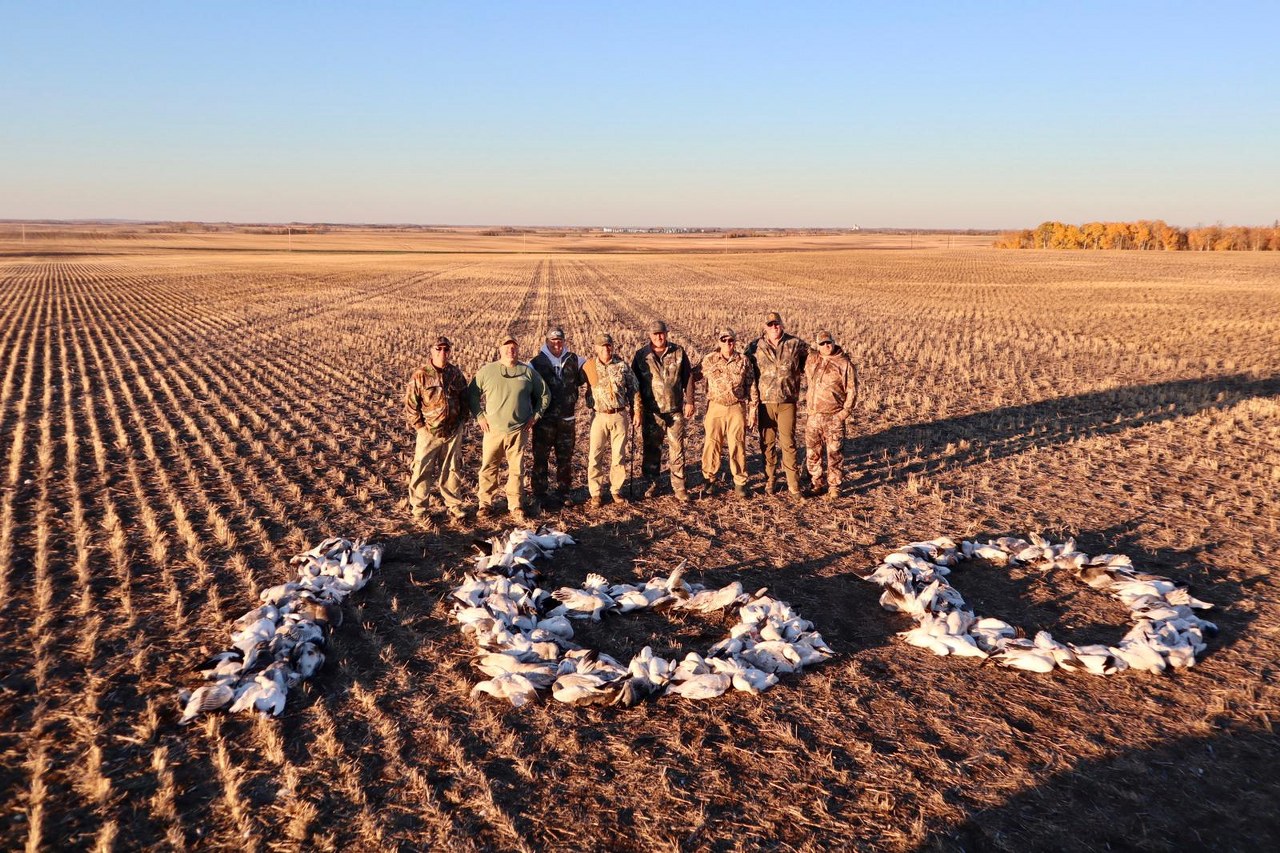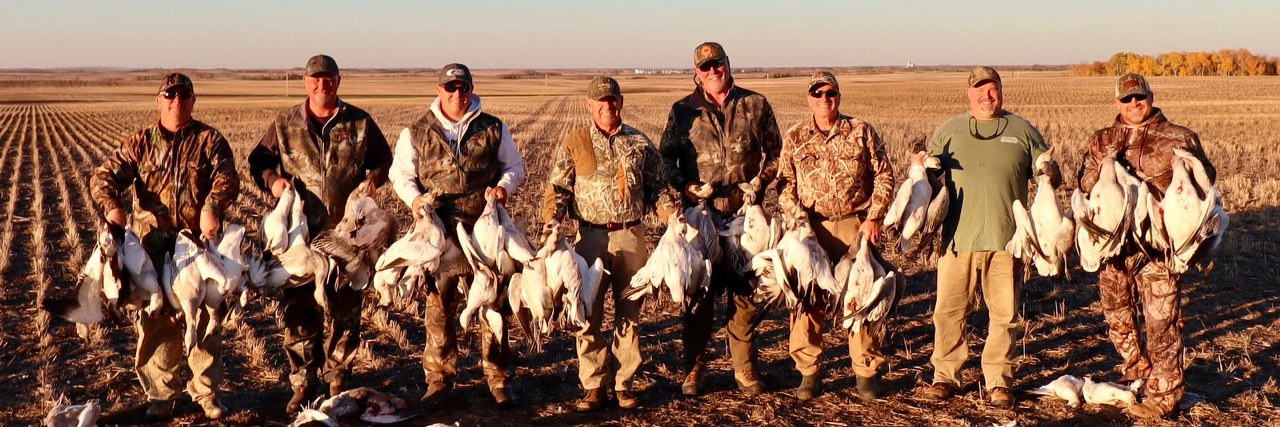
Waterfowl Hunting
Waterfowl hunting is a cherished tradition among outdoorsmen and women. It is our passion here at Tiger Hills Outfitting. It has been a staple in hunting culture worldwide for centuries, and there is no denying the thrill and excitement that comes with pursuing these swift and intelligent birds. From the equipment needed to the tips for a successful hunt, this article will touch on all aspects of waterfowl hunting, including the history and evolution of the sport.

The History of Waterfowl Hunting
Humans have been hunting waterfowl since prehistoric times. In the earliest of days, it was a matter of survival, as the feathers, meat, and eggs of these birds were a valuable resource. As time went on, waterfowl hunting evolved into a sport enjoyed by the aristocracy and the common people alike. In medieval times, waterfowl hunting became a status symbol for royalty, who would often own hunting preserves where they could hunt these birds with falcons and other hunting birds of prey.
In the Canada, waterfowl hunting has a rich history. Native Americans hunted waterfowl for food and materials, and early settlers in America continued the tradition. With the advent of technology, waterfowl hunting became more accessible, and the popularity of the sport grew. The first waterfowl hunting regulations were established in the late 1800s, and the sport has been regulated and monitored ever since. Conservation, habitat management, and environmental protection have become a large part of waterfowl hunting, making it a sustainable and responsible sport.
The Equipment Needed for Waterfowl Hunting
To successfully hunt waterfowl, hunters need specialized equipment. The primary piece of equipment needed for waterfowl hunting is a shotgun. A 12- or 20-gauge shotgun is typically used, with a modified or improved cylinder choke. The ammunition used varies depending on the type of bird being hunted, but steel shot is a common choice due to its non-toxicity and effectiveness. It’s important to ensure that the shotgun and ammunition are legal in the hunting area, so it's important to check local regulations before heading out.
Aside from the shotgun, hunters also need decoys. Decoys are used to attract birds to the hunting area, and there are many different types and styles available, such as floating and full-body decoys. The decoys should be set up in a realistic way to attract the birds, so it's up to the hunter to choose decoys that mimic the birds they plan to hunt.
Camo clothing is also important when waterfowl hunting. A hat, pants, jacket, and comfortable boots are necessary to remain comfortable and hidden while waiting for birds to come in. Ducks and geese have excellent eyesight, so blending in with the natural landscape is essential.
Waterfowl Hunting Strategies
There are many different strategies that hunters can use when hunting waterfowl. Scouting is a crucial element of waterfowl hunting, as it helps hunters determine where the birds are and what type of birds are in the area. Once hunters have explored the area and identified the ideal location, they can rig up the decoys to attract birds to the hunting zone.
Another strategy frequently employed by hunters is to call the birds. Goose or duck calls replicate the sounds that these birds make, and skilled hunters can use them to lure birds to the hunting area. There are a wide array of call makers that produce realistic sounding calls. Novice hunters may benefit from practicing duck and goose call sounds before heading out on their hunts.
Once the hunters are in position, it's a waiting game. Waterfowl hunting requires plenty of patience, as birds are often wary and can take a long time to approach the hunting area. Concealment is also important and hunters should be well-concealed so as not to alert the birds of their presence. When the birds do finally come into range, it's important to take a careful aim and wait for a clear and safe shot before pulling the trigger.
Tips for Successful Waterfowl Hunting
Waterfowl hunting requires a lot of preparation and attention to detail to be successful. There is no guarantee that you will catch a bird every time, but here are some tips to help increase your chances:
- Scout the area beforehand to determine the best location for hunting.
- Use high-quality decoys that mimic the species you are targeting.
- Use calls appropriately to attract birds to the area.
- Properly conceal yourself to blend in the with the environment.
- Hunt with a partner or in groups, as hunting is safer and often more successful with a team.
- Be patient and wait for the right time to shoot.
- It's also important to always be alert and safe while waterfowl hunting. Always follow proper gun safety protocols and practice ethical hunting techniques. Hunters should also be aware of regulations governing hunting in their area and always adhere to them.
Waterfowl hunting is an age-old tradition that remains popular today, with many hunters relishing the thrill of the hunt and the chance to connect with nature. With proper equipment, patience, and preparation, hunters can successfully enjoy hunting duck, geese, and other waterfowl species. The sport continues to evolve, with hunters embracing new technologies and practices to have the best possible hunting experiences. Whether you're a seasoned waterfowl hunter or just starting out, the passion for the sport is sure to keep you coming back for more. So if your ready to for the ulimate waterfowl hunting adventure, look to Tiger Hills Outfitting here in Saskatchewan, Canada. Whether your an experienced hunter or a beginner we can put you in the right place for an incredible hunting experience!

Book Your Saskatchewan Waterfowl Hunt Today:
Email or Call us today at 306-941-7676
 Prev Post
Prev Post




